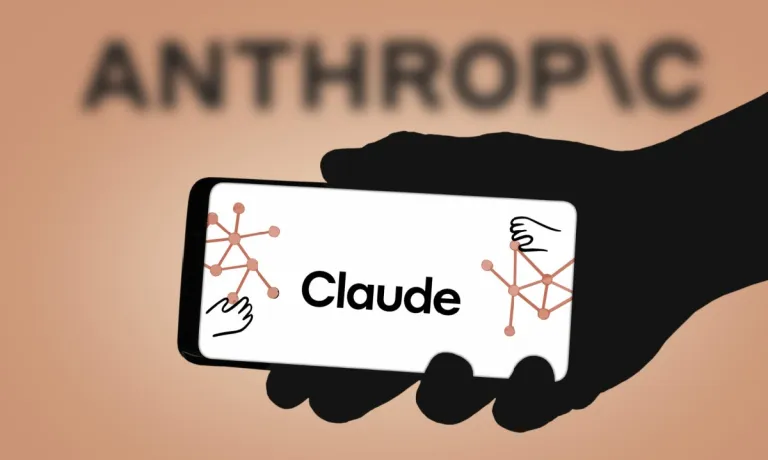The Evolution of Coca-Cola: From Medicinal Tonic to Global Beverage Icon
In 1894, the first publicly sold bottled Coca-Cola was introduced, marking a significant milestone for what would become one of the world’s most recognizable beverages. While Coca-Cola is now known for its refreshing taste and massive global presence, its origins are tied to a very different image—one of medicinal use.
The Original Formula: Coca Leaf and C0c@!ne
The original Coca-Cola recipe, developed by John Stith Pemberton in 1886, contained an extract from the coca leaf, which naturally included trace amounts of c0c@!ne. At the time, c0c@!ne was legal and widely used in various medicinal products. It was believed to offer several health benefits, including pain relief and mood enhancement. Coca-Cola was marketed as a health tonic, with claims that it could cure headaches, fatigue, and other ailments.
While the exact amount of c0c@!ne in early Coca-Cola is debated, historical research suggests that the quantity was only a few milligrams per serving, much less than 3.5 grams. This was far below what would have been considered a recreational dose, yet enough to give the beverage a slight stimulating effect.
Gradual Removal of C0c@!ne
By the late 19th century, concerns over the side effects of c0c@!ne began to grow. Scientists and doctors began to warn of addiction and harmful health outcomes. In response to changing public opinion, Coca-Cola started reducing the c0c@!ne content in its formula. By the early 1900s, the company had removed c0c@!ne entirely, while continuing to use a “de-cocainized” coca leaf extract for flavor.
A Shift in Identity
The removal of c0c@!ne marked a significant shift in Coca-Cola’s branding and formulation. The beverage transitioned from being marketed as a medicinal product to becoming a recreational soft drink. By the 1920s, Coca-Cola was firmly positioned as a refreshing beverage, and it soon became a cultural phenomenon. The introduction of mass advertising campaigns and bottling innovations helped expand its reach, turning Coca-Cola into a global icon.
Legacy and Impact
Today, Coca-Cola is one of the most recognized brands in the world, sold in over 200 countries with a product lineup that includes not just soft drinks but also juices, teas, and bottled water. Its early history, however, remains a fascinating reminder of how cultural attitudes and public health knowledge evolve over time.
From a tonic laced with coca leaf extract to a globally loved soda, Coca-Cola’s journey highlights the shifting landscape of medicine, regulation, and consumer culture over the past century.





